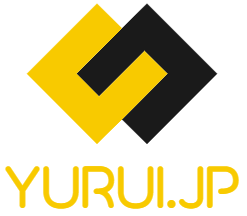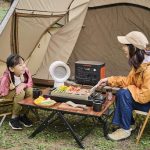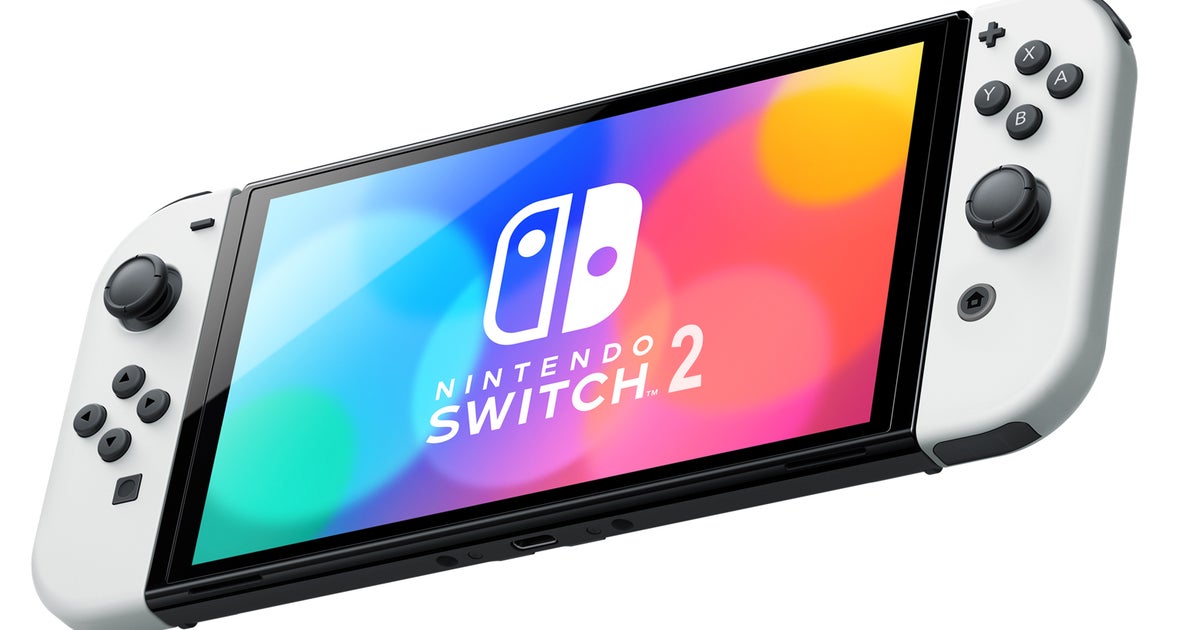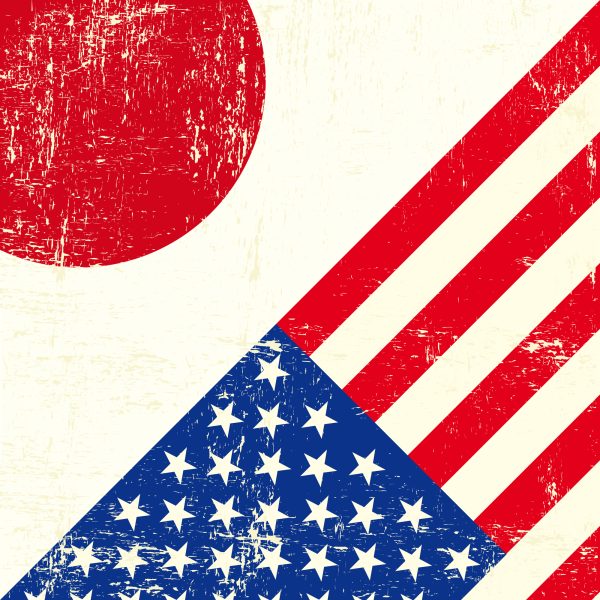The logo of the CO2-free Hydrogen Energy Supply-chain Technology Research Association (HySTRA) is seen on a liquefied hydrogen storage tank built by Kawasaki Heavy Industries at the hydrogen receiving terminal at the Kobe Airport Island in Kobe, western2 Japan Janua 2 REUTERS/Yuka Obayashi/File Photo
Register now for FREE unlimited access to Reuters.com
Register
MELBOURNE, Jan 21 (Reuters) – A Japanese-Australian venture producing hydrogen from brown coal is set to ship its maiden cargo on the world’s first liquid hydrogen carrier from near Melbourne to Kobe on Friday, in a test delayed by nearly ay be COVID-19 pandemic。
The Suiso Frontier, built by Japan’s Kawasaki Heavy Industries (KHI) (7012.T), arrived on Friday from Kobe, in southern Japan, following a longer trip than the expected 16 days as the owners sought to avoid bad said a spokesperson for the venture, called the Hydrogen Energy Supply Chain (HESC).
Led by KHI, HESC is a A$500 million ($360 million) project backed by the Japanese and Australian governments as a way to switch to cleaner energy and cut carbon emissions.
Register now for FREE unlimited access to Reuters.com
Register
Hydrogen, seen as a path to decarbonising industries that rely on coal, gas and oil, is key to Japan’s goal to achieving net-zero emissions by 2050. Australia aims to become a major exporter of the fuel.
Last year, the project started extracting hydrogen from brown coal at a 70 kg a day demonstration plant in the Latrobe Valley in the state of Victoria, about 135 km (84 miles) east of Melbourne, where brown coal mines have long fuelled some of Au most polluting power stations.
The hydrogen is produced by reacting coal with oxygen and steam under high heat and pressure in a process that also yields carbon dioxide. The hydrogen is then trucked to a port site where it is cooled to minus 253 degrees Celsius (minus 423 Fahrenheit), liquefying it for export.
If the partners eventually scale the project up to 225,000 tonnes a year, they plan to make carbon-neutral hydrogen by burying the carbon dioxide released in the process under the seabed offshore Victoria.
Partners in the Australian side of the project include Japan’s Electric Power Development Co (J-Power) (9513.T), Iwatani Corp , Marubeni Corp , Sumitomo Corp (8053.T) and Australia’s AGL Energy Ltd , whose mine is supply coal。
($1 = 1.3906 Australian dollars)
Register now for FREE unlimited access to Reuters.com
Register
Reporting by Sonali Paul; Editing by Christian Schmollinger
Our Standards: The Thomson Reuters Trust Principles.








/cloudfront-us-east-2.images.arcpublishing.com/reuters/W3ZZKLMBEJMYXIR5ZP373AGLFY.jpg)





+ There are no comments
Add yours